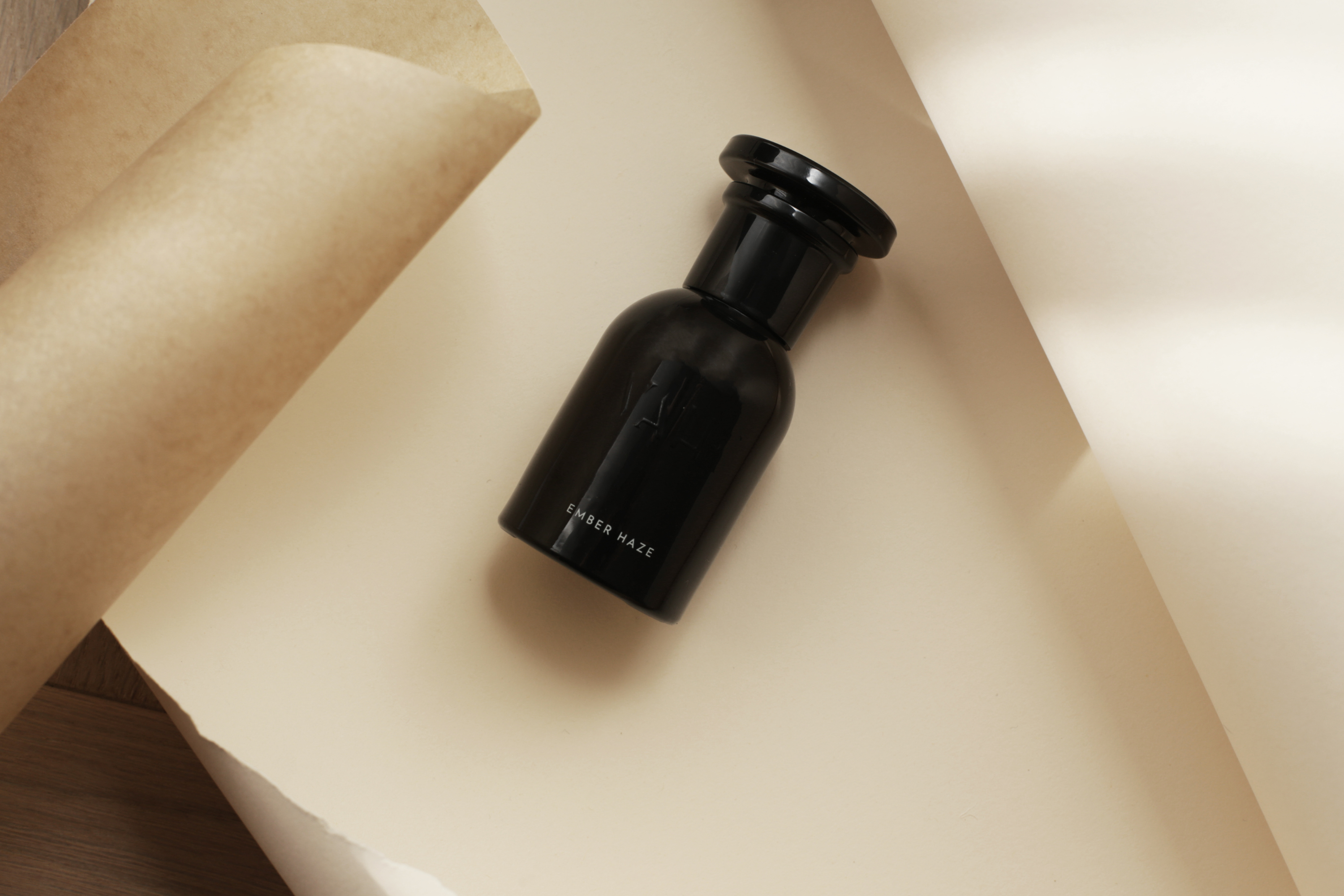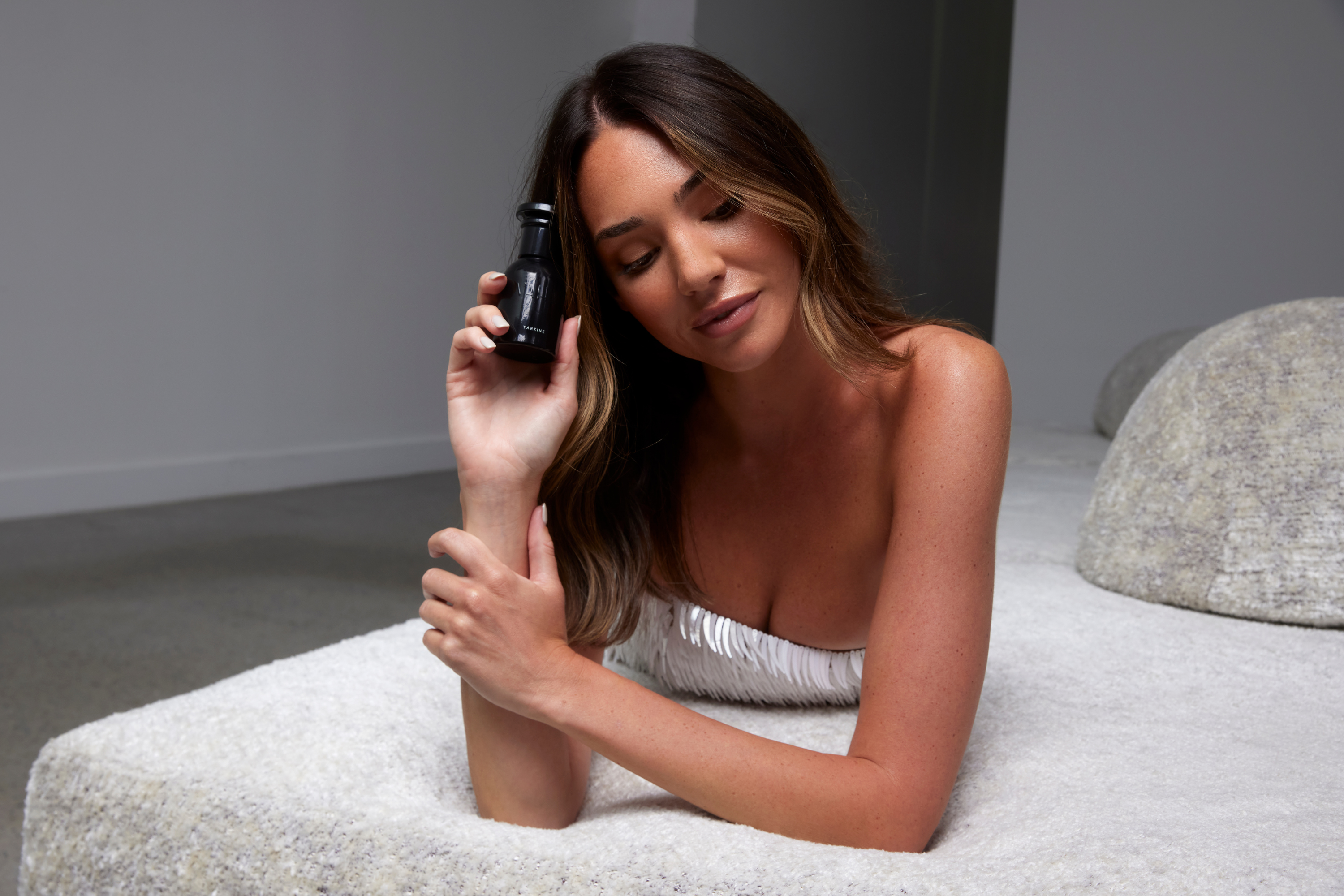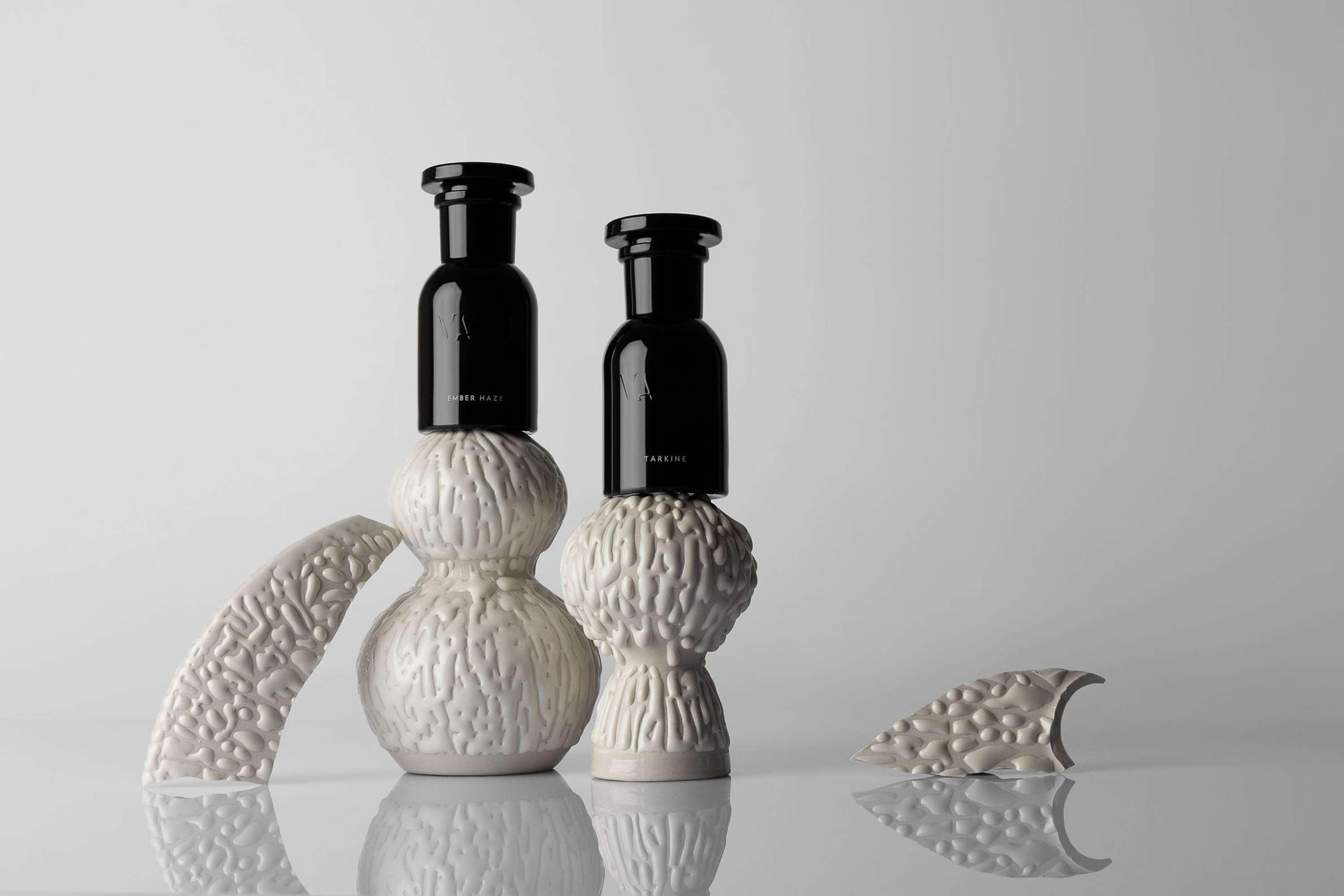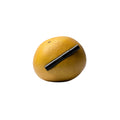
Anna Weatherlake and Kate Macdonald are the founders of Váhy, a fragrance company that uses 100 percent natural ingredients like sandalwood, orange oil and clove in their products. The longtime friends launched the brand in 2020 after Macdonald's time as a corporate lawyer. She previously specialized in labelling laws, where she found many brands didn't specify the ingredients used in their fragrances or safely tested them for personal care use. As a team, they sought to make a difference with cleaner formulas, while remaining transparent with their clients.
What is Perfume Layering?
Perfume layering lets you create your own custom scent by combining two perfumes together. Whether you’re looking for a simple or complex blend, the art of layering allows you to wear a blend that fits your mood and/or aesthetic. Simply put, it’s a fun approach to fragrance that will have people asking, “What perfume do you have on?!”
How to Layer Perfumes 101
Layering fragrances involves more than just spraying one perfume on top of another. The experts we interviewed shared some valuable insights on how to layer perfume—from understanding how to blend complementary notes to where to apply perfume on your skin.
- Understand the notes of a perfume. Before creating any mixture, it’s important to know the role each note plays in a fragrance. First, there’s the top note, which is the first thing you’ll notice with a scent, as it often has a fresh aroma (like bergamot, rose or orange). Then, there’s the middle note, also known as the heart of a fragrance, which is usually warmer (i.e., jasmine, cinnamon and apple). And finally, there’s the bottom note (often sandalwood, amber and vanilla),which usually stays on the longest and comes through more as the top note fades.
- Stick to similar scents in your body products. The more consistent you are with using the same fragrance throughout your body care routine, the more the scent will stand out. For example, if you want to smell like vanilla, don’t limit yourself to just perfume. Consider adding a vanilla-scented soap, lotion, body wash and/or body oil to the mix.
- Don’t skip the moisturizer. Speaking of lotion, the key to making your scent last is to keep your skin moisturized. Weatherlake suggests applying a body lotion before putting on perfume, so the fragrance will cling to your skin better.
- Spray on the strongest scent first. According to Weatherlake, start layering scents from heaviest to lightest. She says, “This prevents the base note with the heavier scent from overpowering the lighter scent. It also allows you to play with the ratio between the two.”
- Limit the number of perfumes you layer on. “When layering, we recommend starting with two scents. Once you’ve nailed the ratios down, you can consider bringing in a third scent,” says Macdonald. Start simple though. “It’s the same as mixing too many competing ingredients in a soup—often less is more.”
- Target specific areas when layering perfume. Where you spray perfume can make a huge difference in how your signature scent wears and how long it lasts on the skin. The best areas to spray include the wrists, the neck and inner elbows.

What Scents Go Well Together?
Now that you understand how to layer perfumes, it’s time to experiment with some scents. Luckily, our experts provided some tips to get you started.
- Scents That Balance Each Other Out: Citrus + Floral
It’s all about applying a lighter scent (like citrus) over a sweeter scent (like floral notes). The fresh citrus notes mixed with sweet florals leave behind a “lighter, invigorating and refreshing scent, while still staying true to the sweetness of the florals,” says MacDonald.
- Scents That Complement Each Other: Amber + Woods
According to Weatherlake, these two scents complement each other because they come from similar olfactory families (both are considered warm and smoky notes). “Together they enhance similar notes in each other, but add a level of uniqueness and sophistication,” she says.

- Scents That Are More Complex: Rose + Woods
Opposites attract with these sweet and smoky notes. According to MacDonald, the rose maintains its top and heart notes but gets a slight edge from the smokiness of the woodsy notes. When layered, she says it adds depth, smoothness and a greater complexity to the fragrance.
Read full article here


